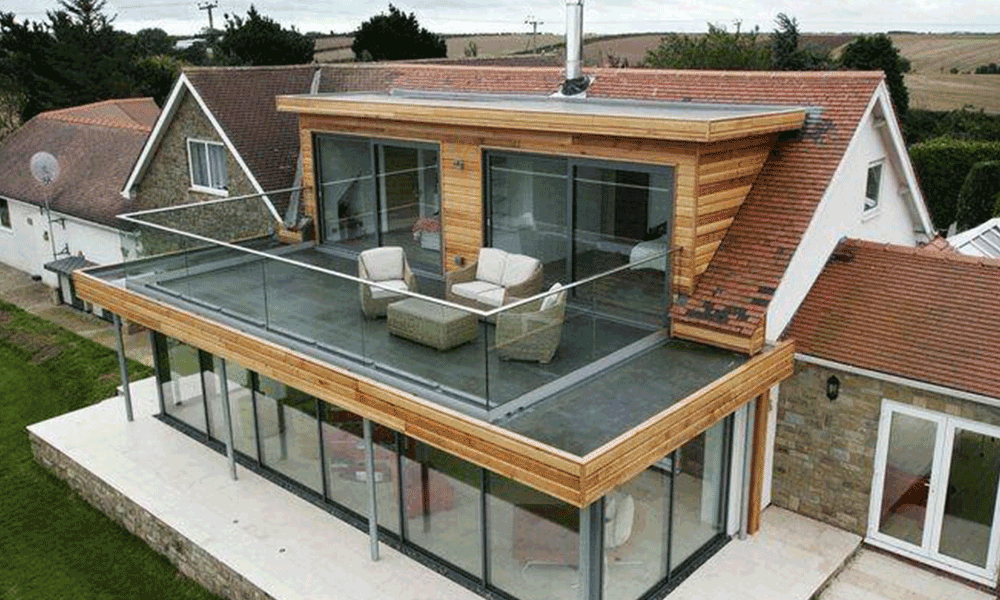What is a Dormer window and how can you style them?
A dormer window is widely regarded as a roof structure that projects vertically past the plane of a pitched roof. Therefore, a dormer structure which also contains a window. A dormer window has its own roof.
The main explanation on why dormer windows are so widely used, is that they allow a lot more light into your place of residence and enhance more usable space that is in the loft, something a Velux window or roof light cannot do. Dormer windows offer views to the outside just like a normal window. Adding a dormer window is often achievable without having fork out for full re-roofing costs.
Dormer windows can look very fashionable and be widely styled, adding character, and improving the overall look of the exterior of your home, they can become a real improvement feature along the roofline. Just as important as the uplift in natural light is the increase in headroom which can turn a cramped space, hugely improving your all-around interior aesthetic.
WHAT ARE THE DIFFERENT TYPES OF DORMER WINDOWS AND THEIR BENEFITS?
There are different types of dormer window, and the choice of style is usually based around what will suit the current roof design. Here are some of the most popular ways of the dormer style.
The most common type of dormer window is the gable fronted dormer. This traditionally has a simple pitched roof sloping to either side. A vertical frame supports the planes to form a triangular section below the roofline.
Flat roof dormer window –
popular because it is usually the most economical and enhances the most interior room space.
Shed dormer –
this features a single-planed roof which slopes down at an angle which is shallower than the pitch of the main roof.
Hipped dormer – this roof has three sloping planes and would usually be installed with a fully sized hipped roof to match the styling.
Eyebrow dormer window –
sometimes also called an ‘eyelid dormer’, this has no sides but the top element of the roof curves upwards and over in a brow shape usually above a low, wide window. This is a very ancient style and is often used for homes with a traditional thatched roof.
Blind or false dormer –
this provides no additional light or space internally but is simply used as an external cosmetic design feature.
Planning permission is not usually required to add dormer windows, providing they do not exceed the highest part of the roof, among other specific measurements. However, it is always safer to check with your local planning office that the work does fall within your permitted development rights before any works begin, just to be sure.


